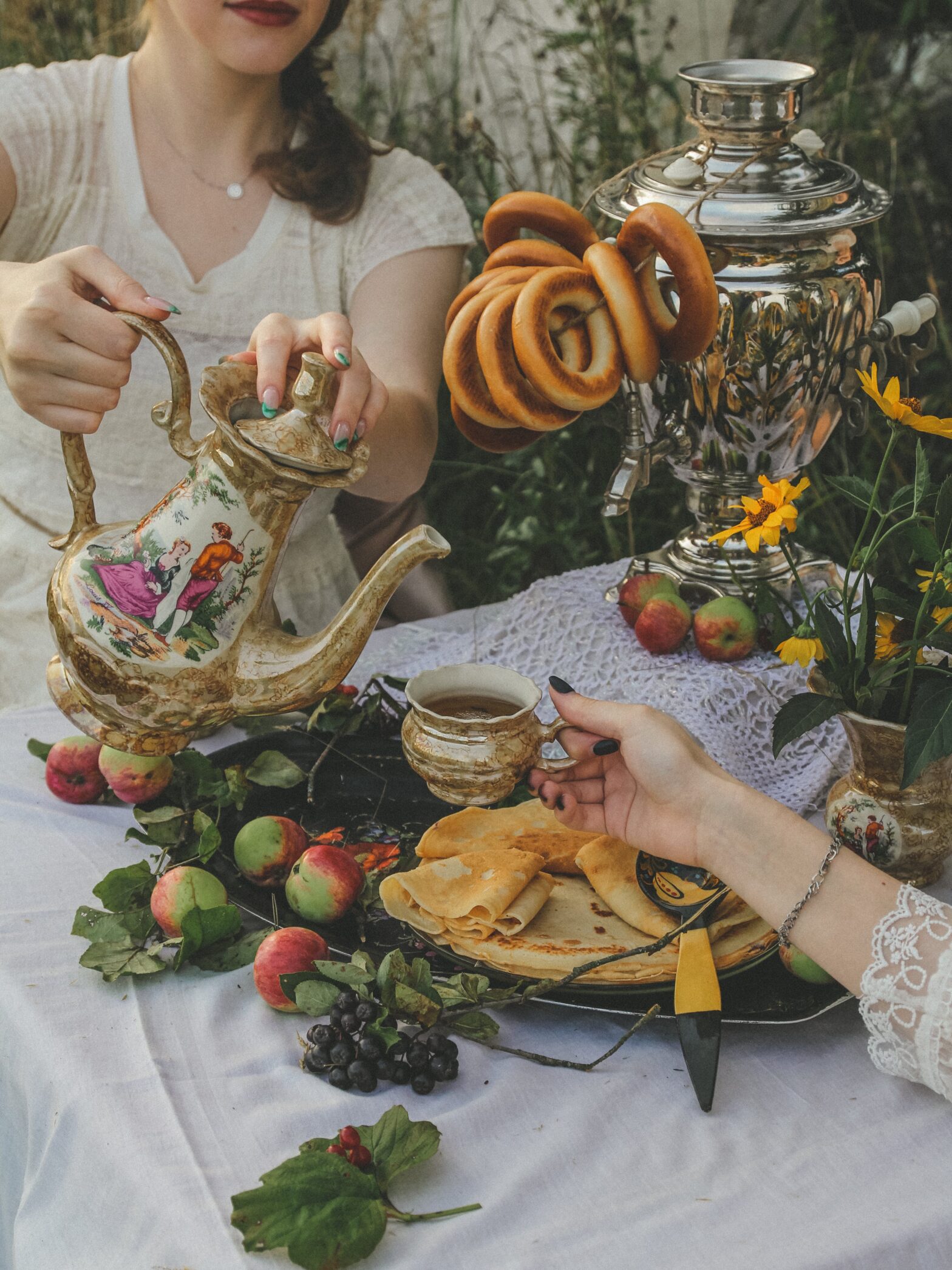
Tea, with its rich history and cultural significance, has been a source of comfort and conviviality for centuries. Beyond its diverse flavors and health benefits, tea also comes with a set of etiquette practices that enhance the overall experience. In this blog, we’ll explore the world of tea etiquette, delving into the traditions and rituals that make tea-drinking a refined and enjoyable affair.
- Choosing the Right Tea: The journey into tea etiquette begins with selecting the appropriate tea. Different occasions call for different types of tea, be it a robust black tea for breakfast, a delicate green tea for an afternoon pick-me-up, or a calming herbal infusion before bedtime. Understanding the nuances of each variety ensures you start your tea-drinking experience on the right note.
- Tea Preparation: The art of brewing tea is a crucial aspect of tea etiquette. Whether you’re using loose leaves or tea bags, the key lies in following the recommended brewing time and water temperature for each type of tea. This not only preserves the flavor but also showcases your respect for the tea-making process.
- Teaware Selection: Investing in quality teaware not only elevates the aesthetic appeal of your tea-drinking experience but also contributes to the overall enjoyment. Traditional teapots, teacups, and infusers are not only functional but also carry a sense of cultural significance. Match the teaware to the occasion, and pay attention to the details, such as using a strainer to catch loose leaves or ensuring your teapot is clean and polished.
- The Pouring Ritual: When serving tea, consider the sequence of pouring. Start with the guest of honor, if applicable, or the eldest person present. Pouring tea for others before yourself is a gesture of politeness and respect. Hold the teapot handle gracefully, avoiding any unnecessary noise or spillage, and pour with a steady hand.
- Tea-Drinking Posture: How you hold your teacup reflects your familiarity with tea etiquette. Use your thumb and index finger to grip the handle, leaving the other fingers underneath for support. Avoid holding the teacup with your pinkie finger extended – a common misconception about refined tea-drinking. Keep your posture relaxed but dignified, sipping the tea quietly and appreciatively.
- Conversation and Presence: Tea-drinking is not just about the beverage itself but also about the company and conversation that accompany it. Engage in light conversation, focusing on the flavors and aromas of the tea. Put away distractions like phones or laptops to fully immerse yourself in the present moment.

Tea etiquette is a beautiful blend of tradition, mindfulness, and respect for both the tea and the people with whom you share it. By incorporating these practices into your tea-drinking routine, you not only honor the cultural roots of this ancient beverage but also enhance the overall sensory experience. So, next time you lift your teacup, do so with grace and appreciation for the rich tapestry of tea etiquette.

